Discovery | Shanxi's Millennium-Old Buildings Worth Exploring
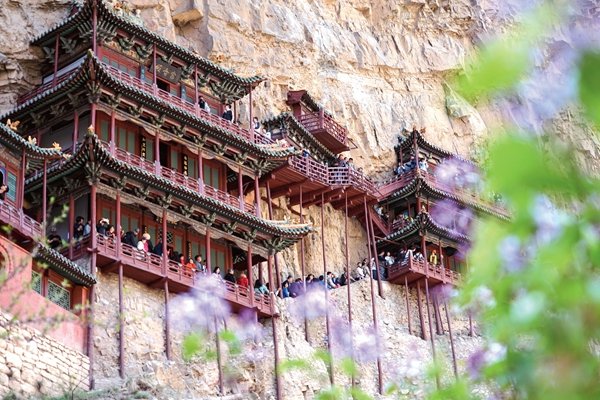
Black Myth: Wukong, the Chinese video game that drew inspiration from the classic Chinese novel, Journey to the West, went viral — both at home and abroad — within days of its release in August 2024. In the celestial world of the game, players take on the role of Wukong, "the Destined One," as they embark on a marvelous, yet daunting, odyssey. The game's stunningly realistic Chinese landscapes, ancient architecture and mythical creatures combine to provide a unique experience for gamers. But do you know many of the sites in the game have been inspired by more than 30 historical and/or cultural sites in China? Of those sites, 27 are located in north China's Shanxi Province.
During the past few months, Shanxi Province, known for its abundant, well-preserved ancient buildings, has emerged as a rising star in the country's tourism industry. Various topics, including looking for the game's real-world settings, have emerged on the Internet. Women of China English Monthly invites our readers to take an epic journey to Shanxi Province, to uncover the real world of the game!
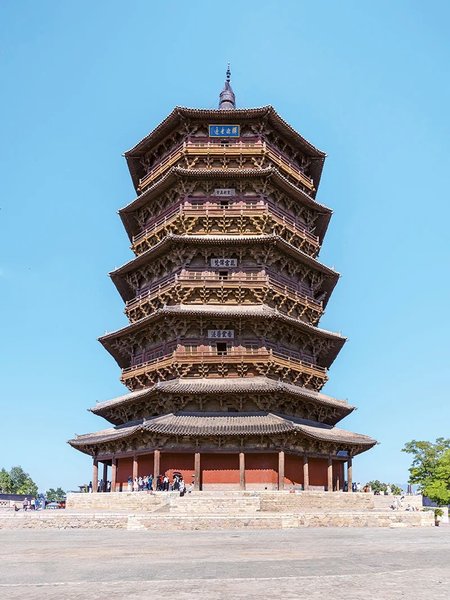
On August 22, 2024, Shanxi's Culture and Tourism Department launched a tour route, Tour Shanxi with Wukong. The route includes the north line, the south line, the southeast line and the self-driving line, and each route covers the game's "filming locations." Of the four lines, the north line is ideal for enjoying ancient Chinese architecture and painted sculptures.
Yungang Grottoes, in Datong, is the starting point of the north line. The grottoes date back to the Northern Wei Dynasty (386-534). The grottoes now contain 45 major caves, and more than 59,000 stone Buddhist statues, the largest of which is 17 meters tall. The smallest is only two centimeters. The lifelike, elegant and graceful statues represent the highest level of sculptural art in the world during the 5th century.
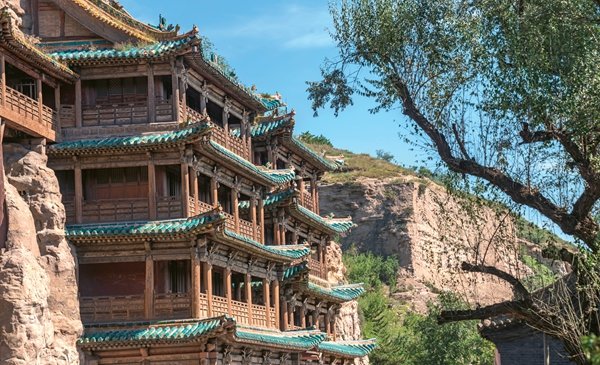
As one of the game's most impressive scenes, Xuankong Temple is a must-visit destination. Xuankong Temple, located on a steep cliff in Hunyuan, a county in Datong, is an emblematic cultural marvel of the city. Supported by wooden beams, inserted in the cliff, the temple appears to be hanging in the air. Construction of the temple began during the Northern Wei Dynasty. It was repaired, and expanded, during subsequent dynasties. The temple now contains a yard and two, three-story pavilions, which are linked by corridors.
As they stroll along the temple's narrow plank paths, visitors can marvel at the wisdom and courage of the ancient craftsmen. While they touch the wooden pillars and walls that have weathered the vicissitudes of time, visitors can experience the feeling of embarking on an adventure with Wukong.
Yingxian Wooden Pagoda, also known as Sakyamuni Pagoda of the Fogong Temple, is located in Yingxian, a county in Shuozhou. Construction of the temple began in 1056, during the Liao Dynasty (907-1125). With the exception of the stone foundation, on the ground floor, the pagoda was made entirely with wooden parts, joined by innumerable mortises and tenons, without using any nails or rivets. It is the oldest — and tallest — wooden structure in the world. During the past nine centuries, the pagoda has survived dozens of earthquakes and countless lightning strikes. The pagoda has become a magnet, drawing gamers and shutterbugs, who want to view the breathtaking architectural wonder.
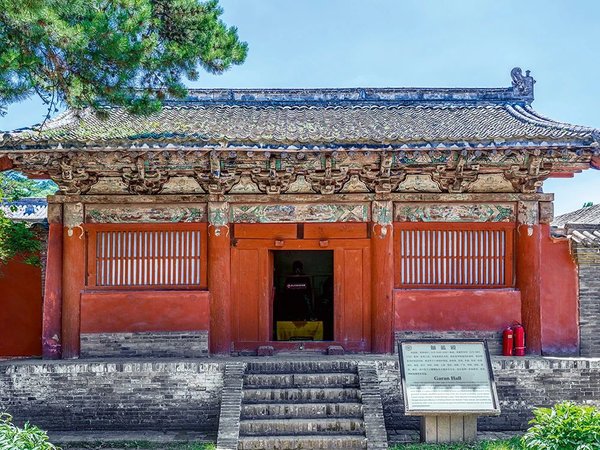
Foguang Temple, another scene inspiration for the game, is nestled deep in Mount Wutai, a renowned Buddhist holy land. During the past decades, the temple has not been considered a popular tourist attraction. Yet, it is actually a hidden gem, boasting many notable historical and cultural treasures. The temple was built during the Northern Wei Dynasty, and it was reconstructed during the Tang Dynasty (618-907). The temple's East Main Hall is one of three preserved wooden buildings, each of which dates back to the Tang Dynasty, in China. The wooden structure, as well as the Tang statues, murals and inscriptions (which date back to the Tang Dynasty), have been praised as the "four wonders" by Liang Sicheng (1901-1972), a world-renowned master of architecture.
Zhenguo and Shuanglin temples, situated in Pingyao, a county in Jinzhong, are also must-see destinations. Construction of Zhenguo Temple began during the Five Dynasties Period (907-960). It was repaired and expanded during subsequent dynasties. However, the Ten-thousand Buddha Hall is housed in its original structure, which was constructed during the Five Dynasties Period. Some of the painted sculptures in the hall, which date back to the Five Dynasties Period, are extremely rare. The temple stands out as a dazzling jewel, with its unique heritage and magnificent architecture.
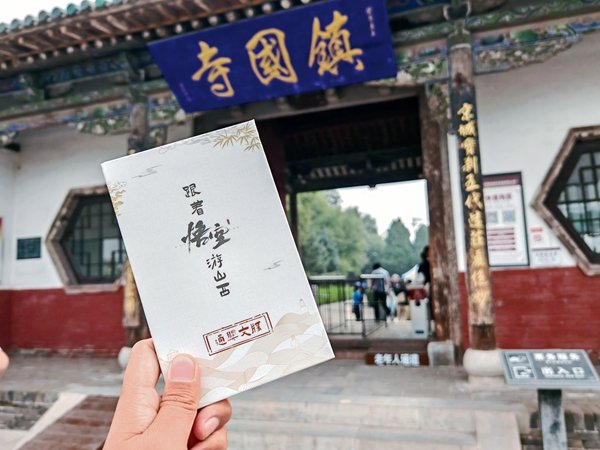
Shuanglin Temple is renowned for housing more than 2,000 exquisite painted sculptures, which date back to the Song (960-1279), Yuan (1206-1368), Ming (1368-1644) and Qing (1616-1911) dynasties. Therefore, the temple is hailed as "the Oriental Treasure House of Painted Sculptures." The cultural splendors have become a window to learning about Buddhist culture in China.
When traveling along the north line, visitors may feel like they are traversing space and time, and as though they are experiencing the unique charm of ancient Chinese architecture.
Photos from VCG
(Women of China English Monthly December 2024)
Editor: Wang Shasha
Please understand that womenofchina.cn,a non-profit, information-communication website, cannot reach every writer before using articles and images. For copyright issues, please contact us by emailing: website@womenofchina.cn. The articles published and opinions expressed on this website represent the opinions of writers and are not necessarily shared by womenofchina.cn.

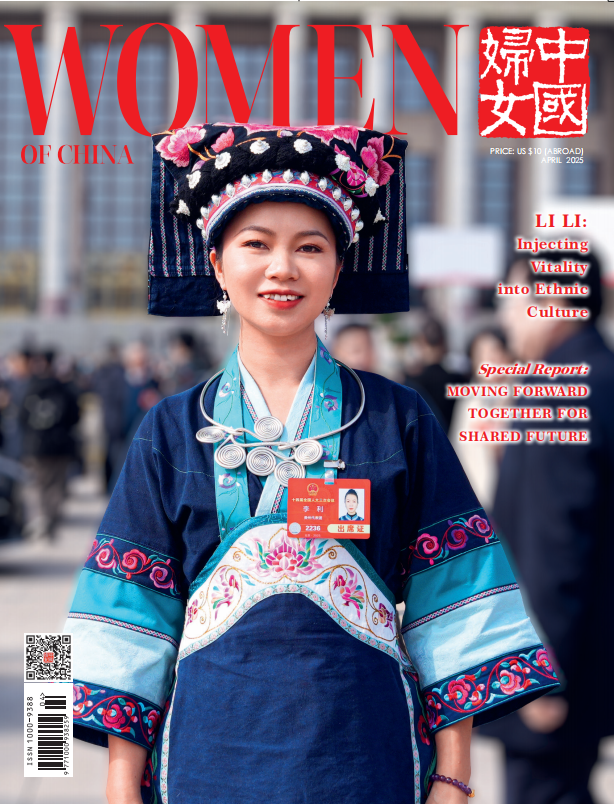





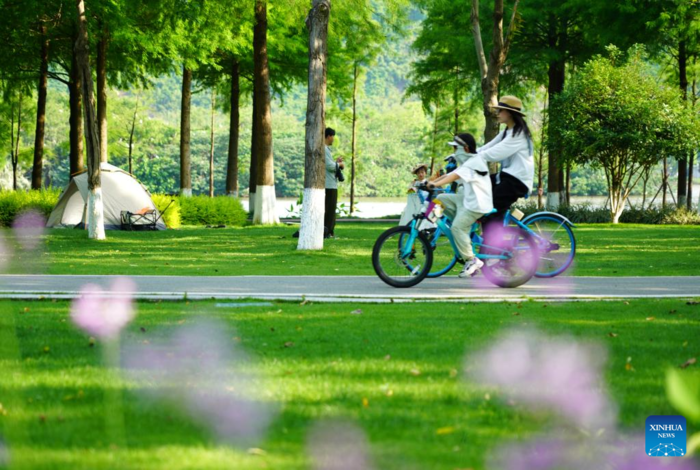
.jpg)

 WeChat
WeChat Weibo
Weibo 京公网安备 11010102004314号
京公网安备 11010102004314号